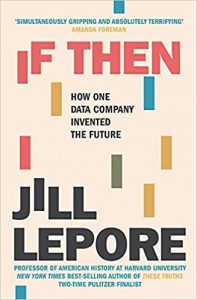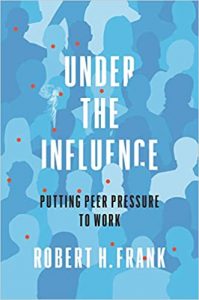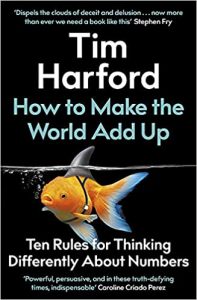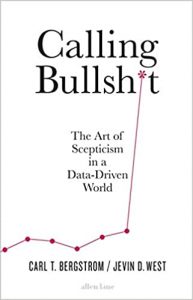Earlier this year I read Jill Lepore’s These Truths, which made me eager to read her new book, If Then: How One Data Company Invented the Future, as soon as possible. It didn’t disappoint – although I had a couple of reservations about it. More on that later.
The book is the story of a company, Simulmatics, formed by a PR man, Ed Greenfield, and an MIT political scientists, Ithiel De Sola Pool. It aimed to apply computers to the prediction of human behaviour: feed the machine enough data and it would be possible to predict election outcomes, among other social phenomena, and more importantly manipulate them. The convergence of data, computational power and Mad Men behaviourist techniques seemed inevitable and unconquerable. The parallel with the same again this time round but more so is striking, and the book ends with the comparison.
Along the way, Lepore tells a rattling good story about American politics in the late 1950s through to the Vietnam War and Nixon, about the first application of computers to social issues (and Madison Avenue was onto the opportunities early), and also about gender politics. Right from the start, there was a culture of computer bros, hostile to women: “Women’s knowledge was not knowledge.” The cast of characters is fantastic. Many of them I’d never heard of – Eugene Burdick, the best-selling author of thrillers and leading political scientist, anyone? Lepore also writes like a novelist, and an excellent one at that.
That is in fact one of my reservations. Among the notes I was taking were notes on craft – this is genuinely a page turner. And yet ….. when the text gets into the interior lives of the wives of the men, I wonder how she knows? Are there really enough letters and diaries, or is this indeed embroidery?
The other is that I hungered for more context about the impact of behaviourism and of cybernetics, and the broader environment of computerised social engineering. For example, Stafford Beer had his own US consultancy applying cybernetics, going to Chile in the early 1970s to assist with Project Cybersyn (the subject of Eden Medina’s wonderful book Cybernetics Revolutionaries). If Then does acknowledge the early use of computers in advertising but Norbert Wiener gets but a passing reference. And even though Simulmatics failed – so many of its projects turning out disastrously – there is surprisingly little scepticism about whether computers can in fact predict and manipulate humans, whether Simulmatics or their modern day equivalents in Facebook and Cambridge Analytica.
Having said that, If Then is a wonderful book, highly recommended. Lepore was interviewed by David Runciman in a great episode of Talking Politics for those who’d like another taster – it focuses mainly on those disturbing modern parallels.






